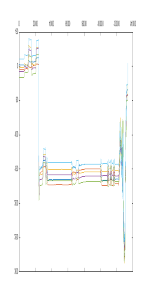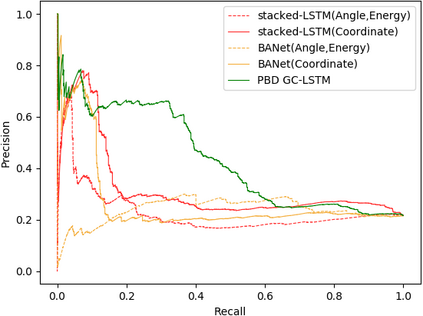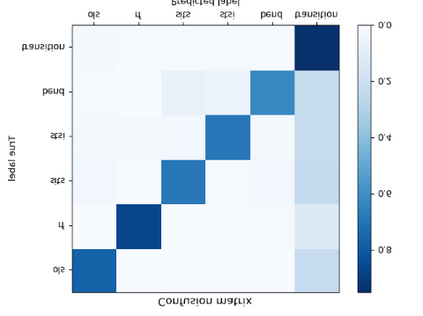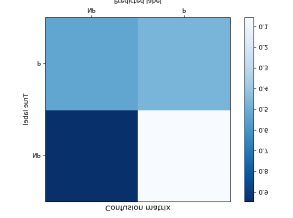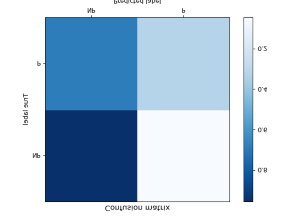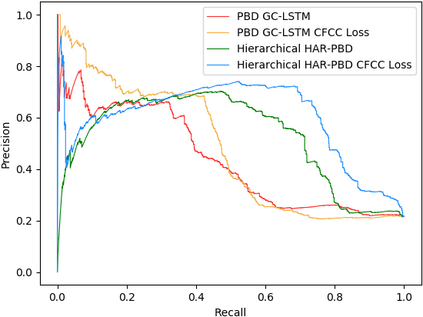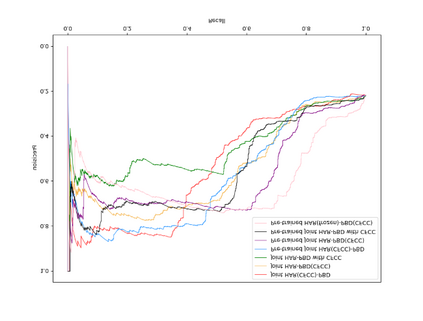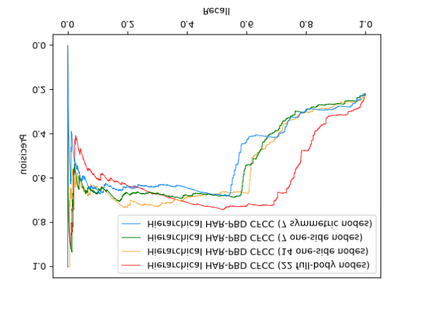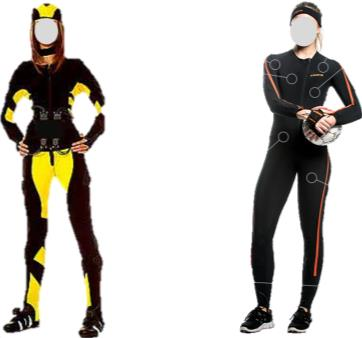Protective behavior exhibited by people with chronic pain (CP) during physical activities is the key to understanding their physical and emotional states. Existing automatic protective behavior detection (PBD) methods rely on pre-segmentation of activity instances as they expect the activity types to be predefined by users. However, during real-life self-directed management, people perform activities casually. Therefore, technology-enabled support should be delivered continuously and automatically adapted to the activity type and presence of protective behavior. Hence, to facilitate ubiquitous CP management, it becomes critical to enable accurate PBD over continuous data. In this paper, we propose to integrate human activity recognition (HAR) with PBD via a novel hierarchical HAR-PBD architecture comprising graph-convolution and long short-term memory (GC-LSTM) networks, and alleviate class imbalances using a class-balanced focal categorical-cross-entropy (CFCC) loss. Through in-depth evaluation of the approach using a CP patients' dataset, we show that the leveraging of HAR, GC-LSTM networks, and CFCC loss leads to clear increase in PBD performance against the baseline (macro F1 score of 0.81 vs. 0.66 and precision-recall area-under-the-curve (PR-AUC) of 0.60 vs. 0.44). We conclude by discussing possible use cases of the hierarchical architecture in CP management and beyond. We also discuss current limitations and ways forward.
翻译:长期疼痛者(CP)在体育活动中表现出的保护性行为是了解其身体和情感状态的关键。现有的自动保护行为检测方法取决于对活动情况的预先分类,因为他们预期用户会预先界定活动类型。然而,在实际生活中自我指导的管理期间,人们会随意开展活动。因此,技术辅助支助应持续和自动地适应活动类型和保护行为的存在。因此,为了便利对CP进行无处不在的管理,使得准确的PBD优先于连续数据变得至关重要。在本文件中,我们提议通过由图表变化和长期记忆(GC-LSTM)网络组成的新型HAR-PBD结构,将人类活动识别(HAR)与PBD结合起来,并通过使用班级平衡的焦点断层(CFC)损失来缓解阶级不平衡。通过对CP病人数据集的深入评估,我们表明,利用HAR、GC-LSTM网络和C损失导致PBD(HH)的识别(HAR)和0.8-PLD(0.10)前级结构(我们讨论可能使用的0.8-S-AF-BR)的精确度和0.60-S-S-S-S-Seral-Servical-Servxxxx
相关内容
Source: Apple - iOS 8



